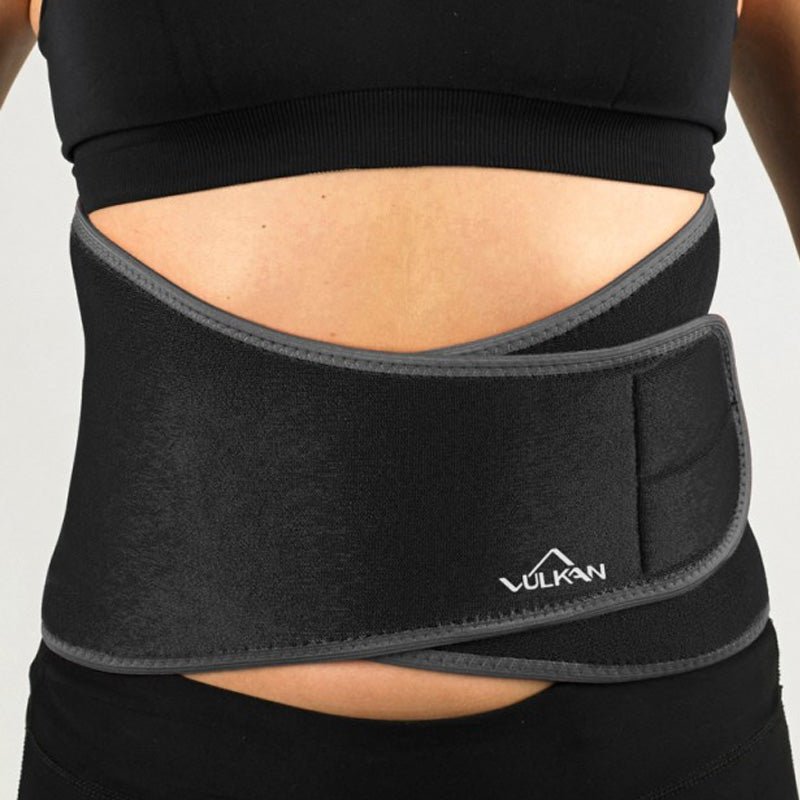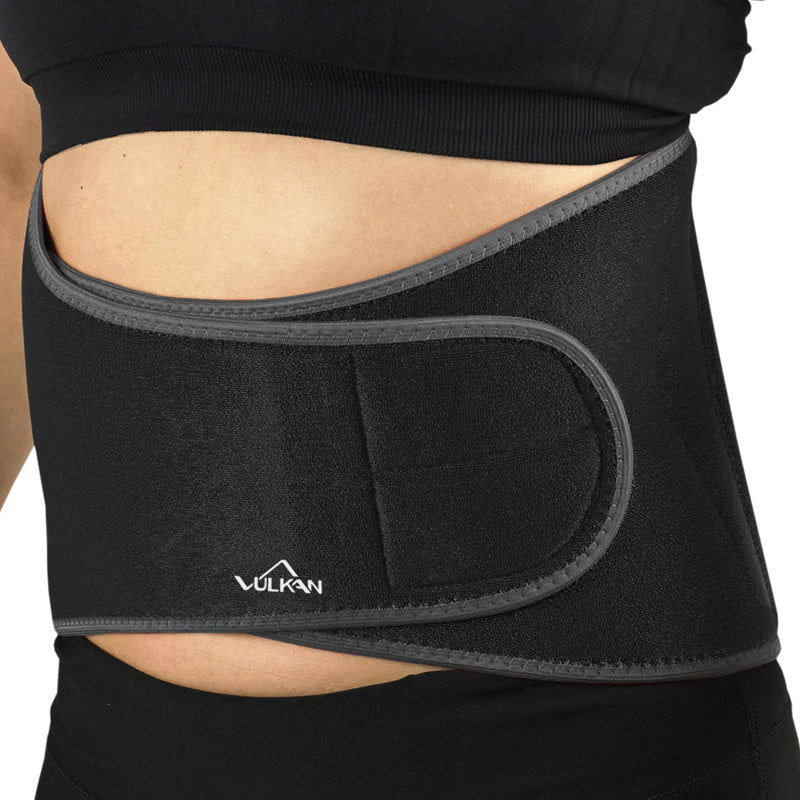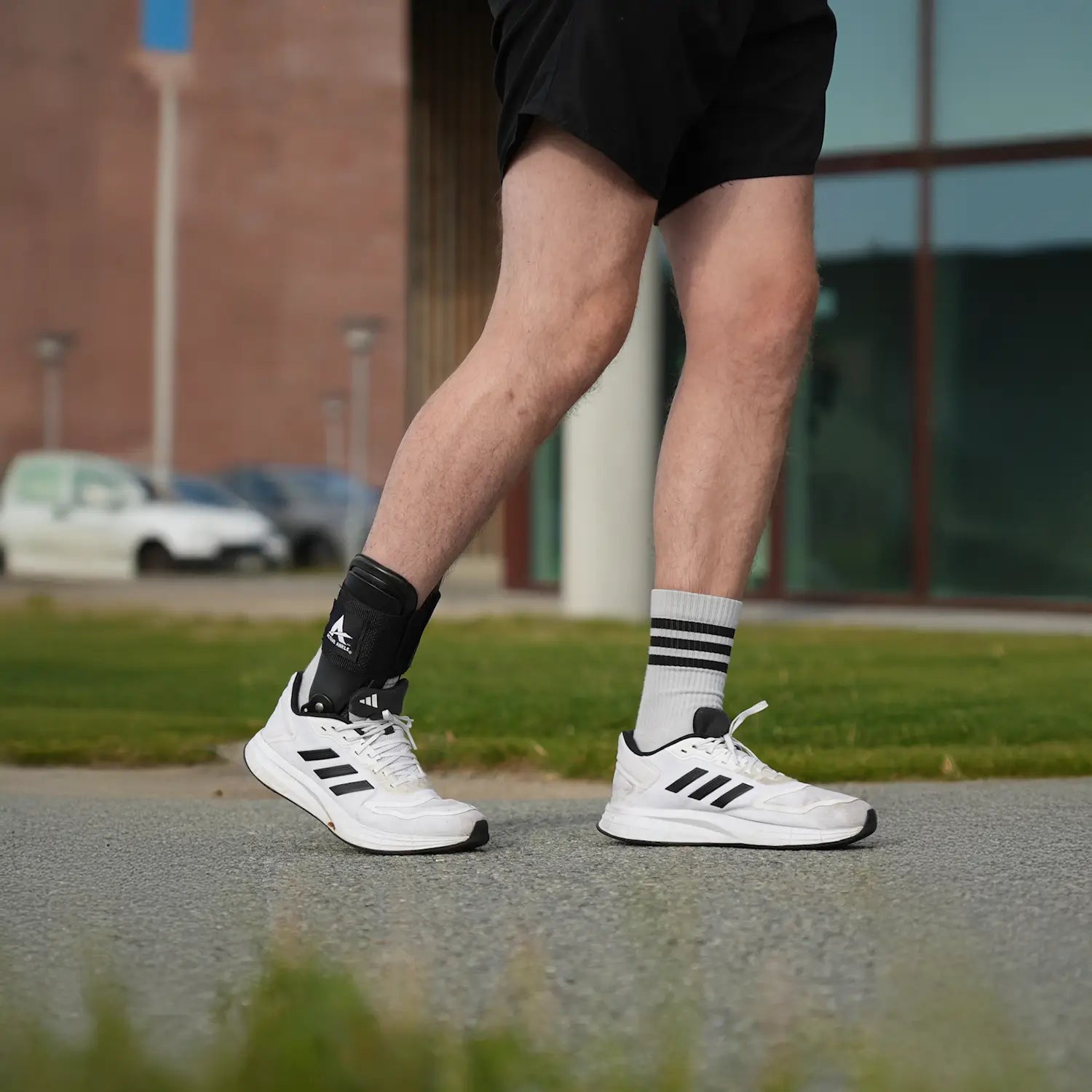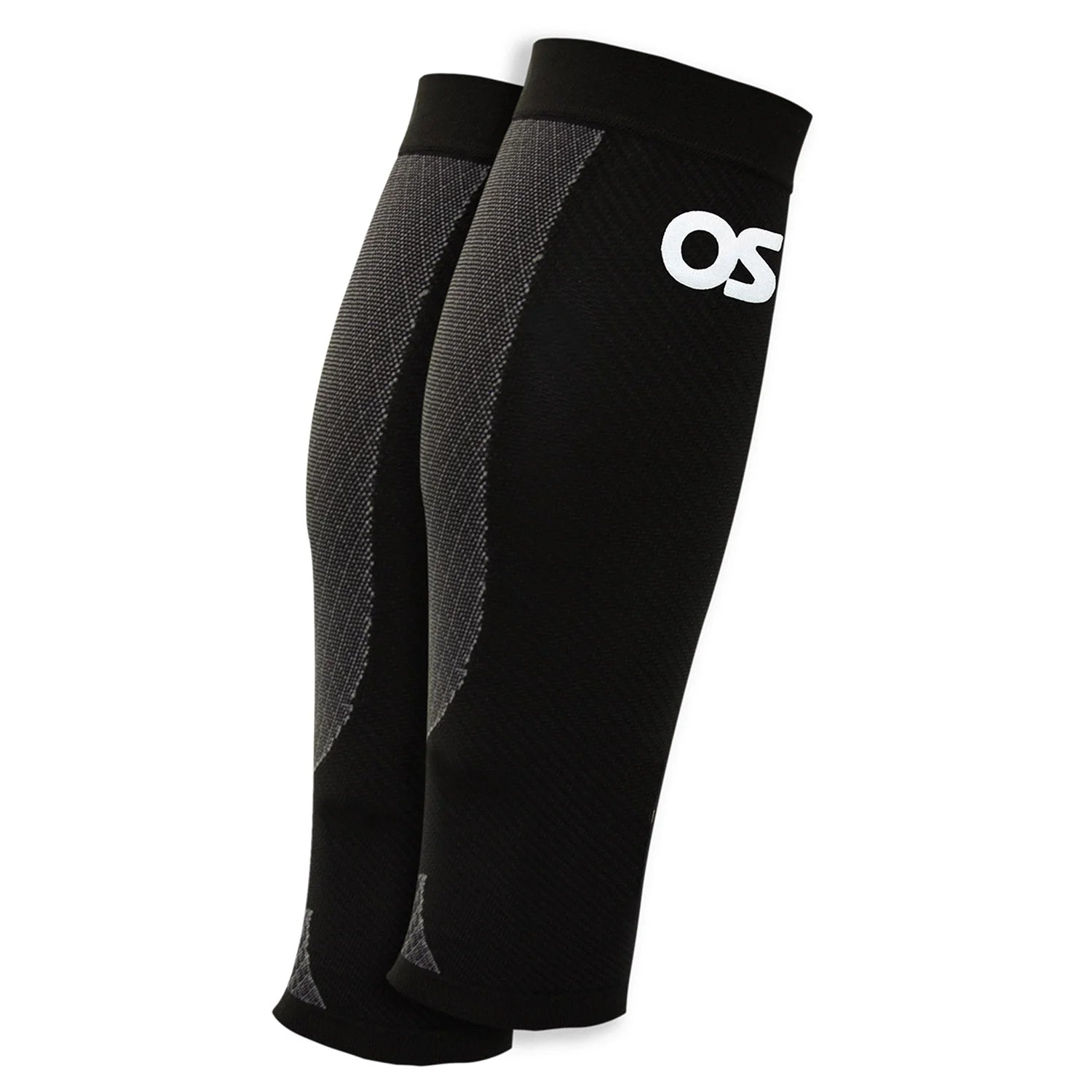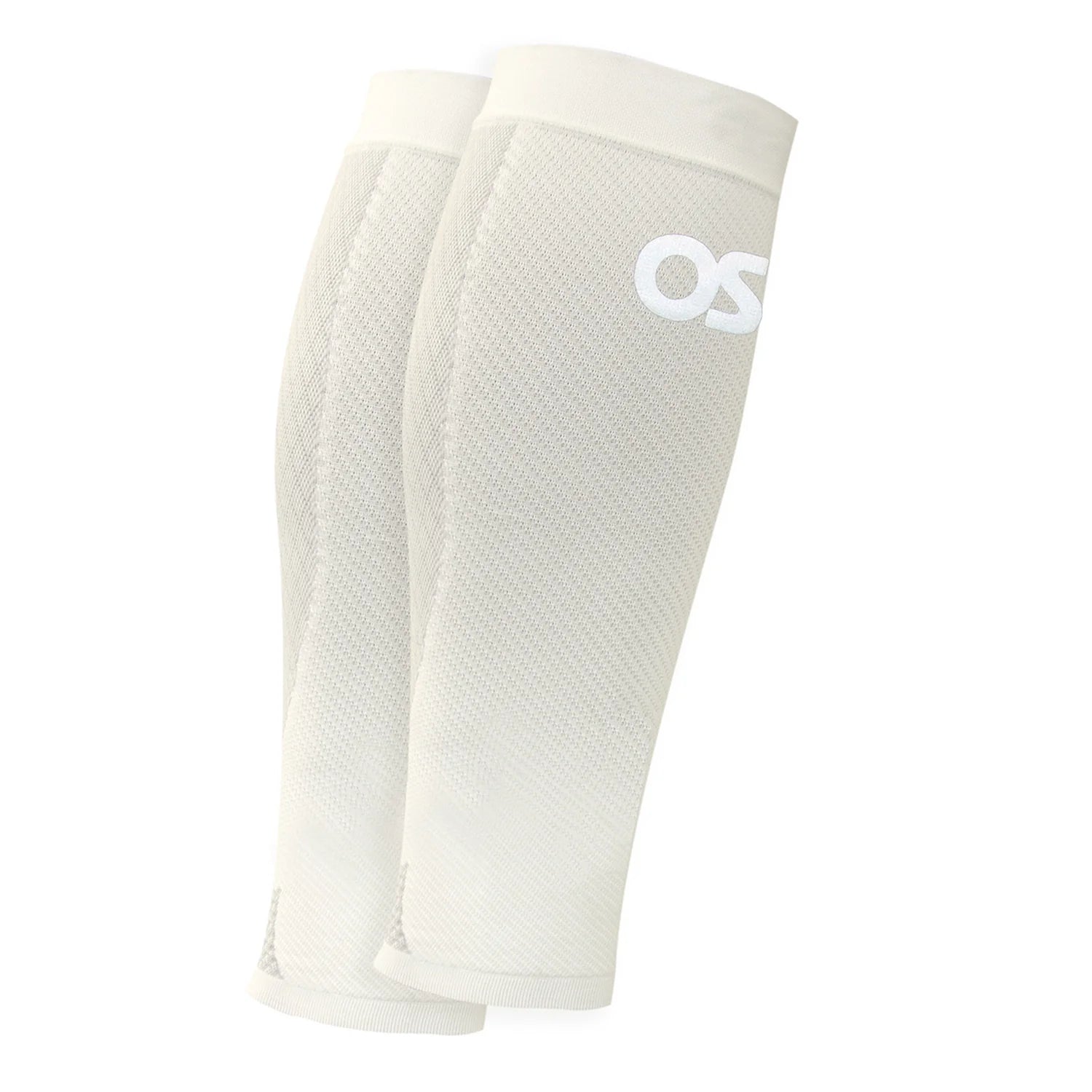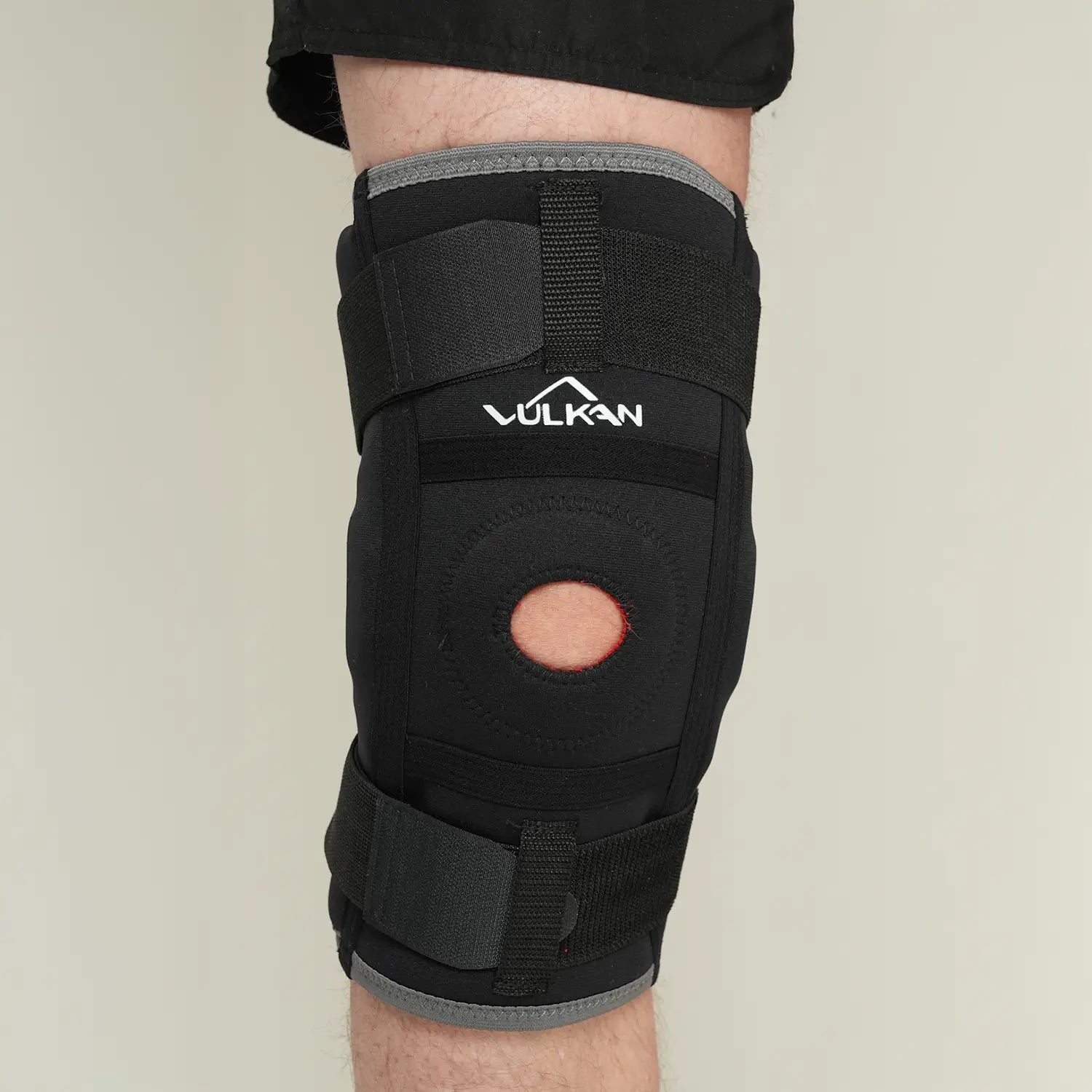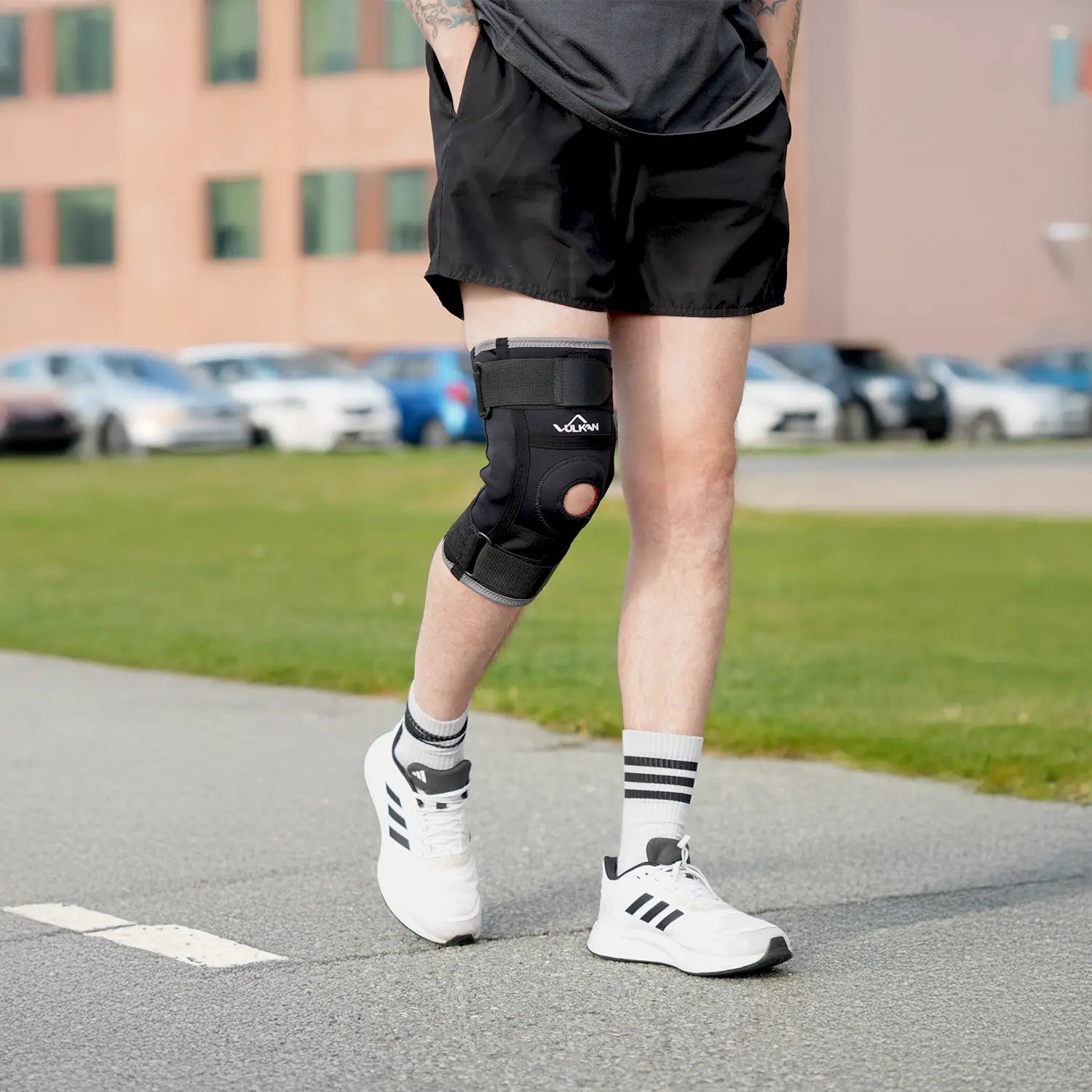
Achilles tendon pain
Table of contents
Achilles tendonitis, or more correctly Achilles tendinopathy , is a common condition that affects both exercisers and elite athletes. It is not an inflammation in the classical sense, but an overload of the Achilles tendon that leads to small micro-damages in the tissue. This damage usually develops gradually, and can give rise to pain, swelling and stiffness.
Achilles tendon pain - Causes, treatment and exercises to help you become pain-free
The problem usually occurs when the load is increased too quickly, for example when running, jumping or walking for a long time in the wrong shoes. The risk of being affected is greatest in people aged 40–50, but anyone can have problems with Achilles tendon pain.
What symptoms are usually experienced with Achilles tendon pain?
The most common symptoms of Achilles tendonitis are pain and stiffness in the Achilles tendon, usually in the morning or after rest. It is also common for the tendon to feel swollen or tender when pressed. In some cases, there may also be a cracking sensation. The pain may worsen with walking, exercise or strain.
Depending on how long the symptoms have been present, they are divided into different phases. In the early stages, the pain usually goes away after warming up, while in the later stages it can be present even at rest.
What causes pain like Achilles tendonitis?
The condition is usually caused by overuse. Small injuries occur in the tendon when it is exposed to more strain than it is used to. If the body's natural healing process does not have time to repair these injuries, the tendon's structure deteriorates, leading to pain and reduced function.
Contributing factors may be:
- Incorrect technique when running or walking
- Lack of rest between workouts
- Ill-fitting shoes
- Stiff calf muscles or ankles
How is Achilles tendonitis treated?
Treatment depends on which phase you are in. In the acute phase, the focus is often on rest, circulation, and light activities. Using heel wedges, Achilles tendon protectors, or shoes with roller soles can reduce the strain on the tendon.
In later phases, the focus tends to shift towards gradual training. This often involves eccentric and concentric exercises, supplemented with treatments such as shockwave or laser.
Depending on which phase you are in, treatment varies.
Acute phase (phase 1-2)
- Active rest : Avoid jumping and running.
- Circulatory exercise : Cycling or swimming for better blood flow.
- Relief protection : Use compression protection and heel wedge.
Subacute and chronic phase (phase 3-4)
- Medical training : Combined eccentric and concentric toe raises.
- Shockwave therapy and laser : Stimulates the healing process.
- Correction of shoes and inserts : Individually adapted soles and shoes for optimal support.
Appropriate exercise is crucial to your healing. Here are some effective exercises:
Eccentric toe raises
- Lift up on your toes with both legs.
- Lift one leg and slowly lower it with the other.
- 3 sets of 12 repetitions, daily.
Quick toe raises
- Quick, short toe raises without the heel reaching the ground.
- 3 sets of 30 seconds every day.
Balance exercise on one leg
- Stand on one leg for 30 seconds, preferably several times a day.
- Strengthens the ankle and stability around the Achilles tendon.
Prevent future health problems
To avoid recurring problems, you should:
- Increase your training intensity gradually.
- Wear the right shoes with support and cushioning.
- Regularly train strength and balance in your legs and feet.
Exercising with tendon pain should be avoided. Instead, alternative exercise such as cycling or swimming is recommended, as long as it does not worsen the symptoms.
Healing time varies depending on the severity of the injury. In mild cases, a few weeks of rest and exercise are sufficient. In chronic cases, it can take several months.
Surgery is rarely the first choice. It is only used when long-term rehabilitation has not had sufficient effect.
Recommended products:
Why does the Achilles tendon hurt?
Achilles tendon pain often occurs due to overuse, especially during activities like running or jumping. It can also be caused by exercising more than usual, walking longer distances than you are used to, or wearing shoes that don't provide enough support.
When should I seek medical attention?
If your Achilles tendon pain does not improve within a week despite self-care, or if it worsens, you should contact a physiotherapist or health centre. If you experience sudden, severe pain or hear a "pop" in your Achilles tendon, you should seek medical attention immediately, as this may be a sign of a rupture.
Can I continue training with Achilles tendon pain?
It is important to listen to your body. If the pain is mild, you can continue with low-intensity activities that do not put stress on the Achilles tendon, such as swimming or cycling. Avoid activities that cause pain until the discomfort has subsided.
How can I prevent Achilles tendon pain?
To prevent problems, it is important to increase exercise intensity gradually, use shoes with good support, and avoid overloading the Achilles tendon. Regular stretching and strength training of the calf muscles can also help.






